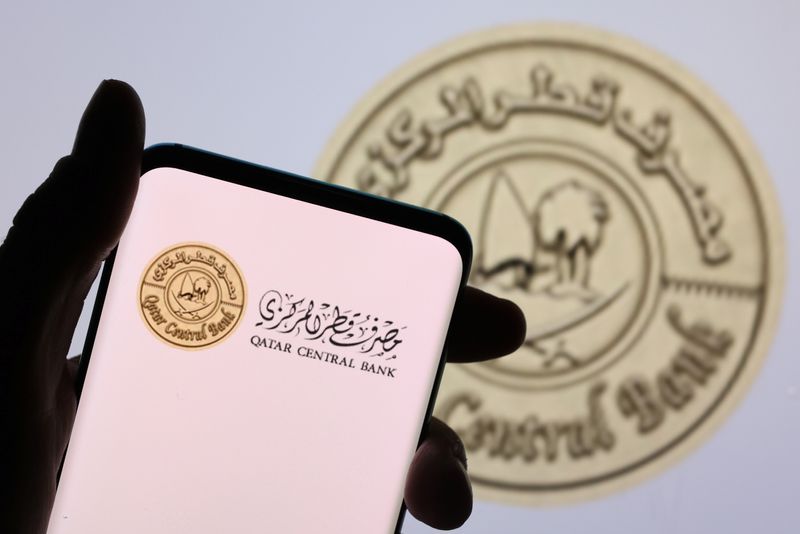The Federal Reserve (Fed) plays a critical role in shaping the economic landscape of the United States through its monetary policy decisions. As the Fed looks to potentially embark on a loosening cycle, the impact on different regions can vary significantly. In particular, the Gulf region, comprising states like Texas, Louisiana, and Florida, could experience a unique set of consequences as a result of the Fed’s actions.
One of the primary ways in which a Fed loosening cycle can impact the Gulf region is through interest rates. Lower interest rates typically result in reduced borrowing costs for businesses and consumers. This can stimulate economic activity by encouraging investment and consumption. In the Gulf region, which is known for its diverse industries ranging from energy to tourism, lower interest rates could potentially invigorate sectors like real estate development, construction, and manufacturing.
Moreover, a loosening cycle by the Fed can also influence currency exchange rates. A weaker U.S. dollar can benefit Gulf states that rely on exports, such as oil and gas, as it makes their products more competitive in the global market. This could lead to increased revenue for businesses in the Gulf region that export goods and services internationally.
The impact of Fed policies on inflation is another crucial aspect to consider. While a loosening cycle is typically aimed at stimulating inflation to reach the Fed’s target rate, it can also have unintended consequences. In the Gulf region, where certain sectors like transportation and hospitality are sensitive to changes in inflation, businesses may need to adjust their pricing strategies to account for changing costs.
Furthermore, the stock market in the Gulf region can be influenced by the Fed’s monetary policy decisions. Lower interest rates tend to support equity prices, as investors seek higher returns in a low-yield environment. This could result in increased capital inflows into Gulf equities, benefiting local stock markets and providing opportunities for investors.
On the flip side, there are potential risks associated with a Fed loosening cycle that could affect the Gulf region. For example, excessive monetary stimulus could lead to asset bubbles in certain sectors, such as real estate, which could pose a threat to financial stability. Additionally, a weakening U.S. dollar resulting from a loosening cycle may increase the cost of imports for Gulf countries, impacting their trade balances.
In conclusion, the Federal Reserve’s decisions regarding monetary policy can have significant implications for the Gulf region. While a loosening cycle may bring about benefits such as lower borrowing costs, increased export competitiveness, and support for stock markets, it also carries risks such as inflationary pressures and asset bubbles. It is crucial for businesses and policymakers in the Gulf region to closely monitor and adapt to the changing economic environment shaped by the Fed’s actions.



